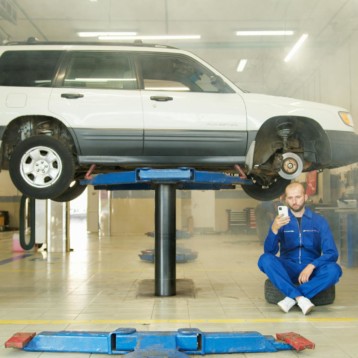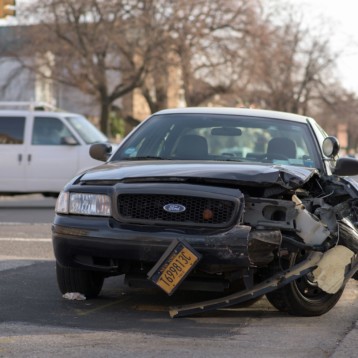
Car accidents involving teenage drivers continue to be a major concern in Pearland, Texas, causing immense distress to those involved, as well as their families. Despite the significant progress the city has seen over the years, Pearland continues to be responsible for approximately 16% of car accidents in the state of Texas. Hence, taking a strategic approach to prevent these accidents is crucial for the safety of drivers in the city.
An essential element of this approach is ensuring adequate driver education, which plays a key role in equipping teenagers with the knowledge and skills to navigate the challenges of the road responsibly. It also helps improve settlement outcomes in case of car accident claims. In this article, we will explore why driver education holds importance in preventing car accidents in Pearland for teenagers.
Understanding the Risks
Before discussing how driver’s education can contribute to preventing teenage car accidents, it is crucial to acknowledge the risks faced by teenage drivers. Due to their lack of experience, teenage drivers are more prone to engaging in rash driving behaviors like speeding, distracted driving, and neglecting seatbelt usage. Additionally, they are also more susceptible to peer pressure and distractions caused by fellow passengers. All these factors significantly increase their vulnerability to such accidents.
Comprehensive Instruction
Driver’s education programs offer comprehensive guidance and instructions covering several aspects of safe driving practices. Learning about traffic laws, understanding road signs, and developing defensive driving skills are important aspects of driver’s education programs for teenage drivers. These programs aim to provide knowledge that goes beyond simple driving maneuvers by teaching decision-making while behind the wheel.
Hands-On Experience
Aside from classroom instruction they provide, driver’s education programs also offer experience through hands-on training sessions. During these sessions, students can apply the knowledge they gained in real-life situations under the guidance of trained instructors. This hands-on practice helps build confidence and hone important skills like maneuvering, braking, merging lanes, and navigating traffic.
Developing Defensive Driving Skills
Defensive driving techniques are a key focus of driver’s education. It not only teaches teens how to operate a vehicle but also equips them with essential strategies to anticipate hazards on the road and take corrective actions to avoid accidents. Defensive driving emphasizes maintaining a safe following distance, scanning the surroundings for dangers, and predicting the behavior of other drivers on the road.
Addressing Distracted Driving
Distracted driving poses a major challenge for teen drivers in today’s world. With smartphones and other electronic devices becoming increasingly prevalent, distractions on the road have multiplied rapidly. Driver’s education programs directly address this issue by educating students about the risks of distracted driving and providing strategies to avoid it. They emphasize the importance of maintaining focus on the road at all times and discourage activities like texting or talking on the phone while driving.
Developing Decision-Making Skills
In addition to driving skills, driver’s education also aims to instill decision-making skills in young drivers. Students learn about evaluating risks, considering consequences, and making informed choices while driving. This includes topics such as determining when it is safe to overtake another vehicle or how to appropriately respond to hazardous road conditions. By teaching them to prioritize safety over impulsive action, driver’s education seeks to shape conscientious drivers.
Increased Awareness of Impaired Driving
Impaired driving caused by alcohol or drugs remains a common cause of accidents among teenage drivers. Driver’s education programs prioritize educating students about the dangers and legal consequences associated with drinking or consuming drugs while operating a vehicle. They work towards promoting a responsible attitude towards substance abuse by organizing awareness campaigns against drugged driving.
Conclusion
Driver’s education plays a key role in preventing car accidents involving teenagers by equipping drivers with the essential knowledge, skills, and attitudes required for safe driving practices. By offering adequate education and practical training, teaching safe driving techniques, addressing distractions, fostering responsible decision-making skills, and raising awareness of the dangers of impaired driving, driver’s education equips teenagers with the necessary tools for a lifetime of safe journeys on the road. Investing in these programs guarantees that our young drivers are adequately prepared when they start driving and ultimately contributes to a decrease in car accidents involving teenagers.










